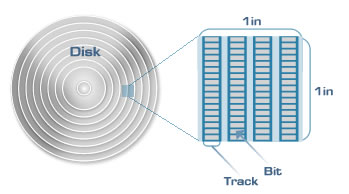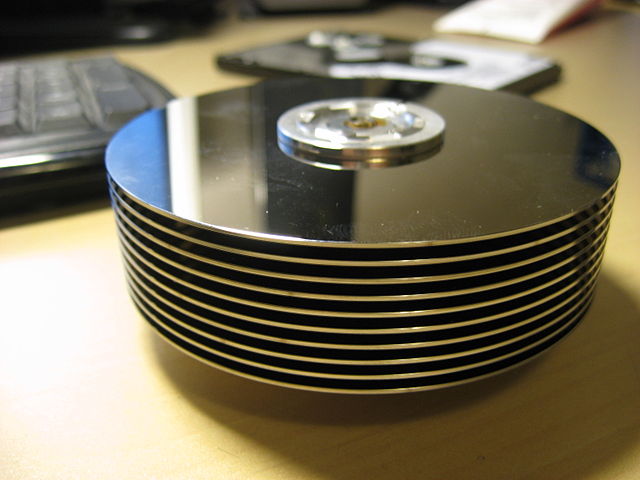2. The Areal density per disk

Areal Density is a measurement of how much data fits into the same amount of physical area on the disk. It is commonly measured in Gbits/in2 and is rapidly approaching 1000 Gbits/in2 (1 Tbits/in2). The formula for determining areal density is Tracks Per Inch (TPI) * Bits Per Inch (BPI). Therefore, areal density is increased by either increasing the number of tracks or bits on the disk.
In both cases, numerous challenges face the disk drive and suspension assembly designer including how to follow ever narrowing tracks and how to read weaker magnetic signals from each bit (in order to increase the number of bits you typically need to decrease the signal so the individual bit is identifiable from the others). From a suspension assembly designer point of view, increasing areal density requires any one or all of the following: mechanical designs that optimize dynamic performance, suspension micro-actuation to follow finer tracks, and suspensions that can support the mounting of lasers on the head for HAMR.










